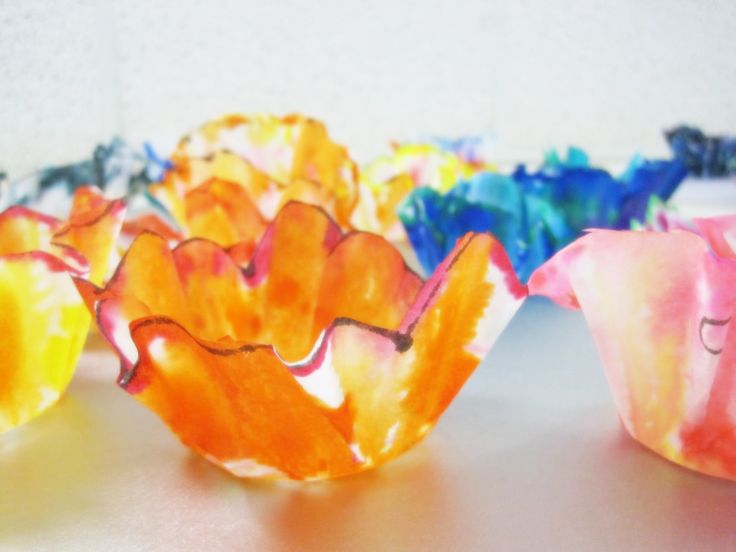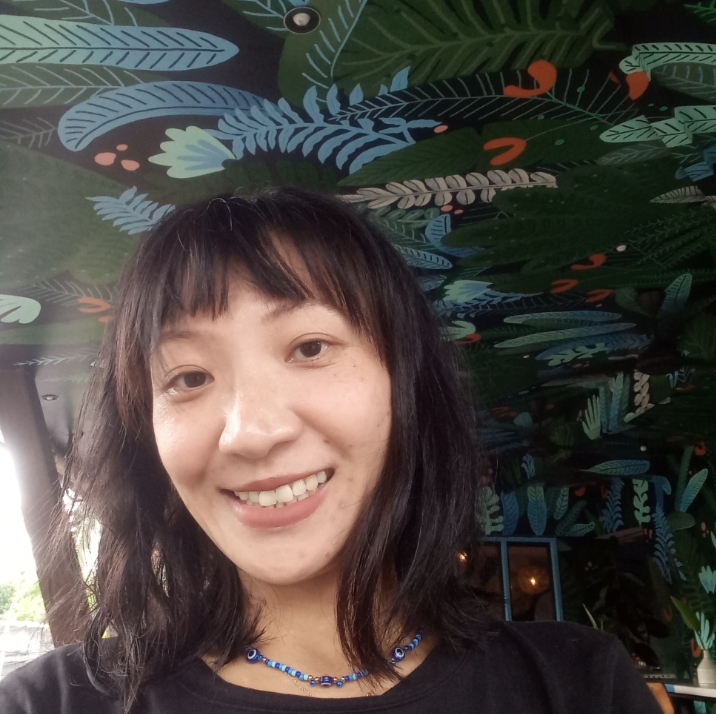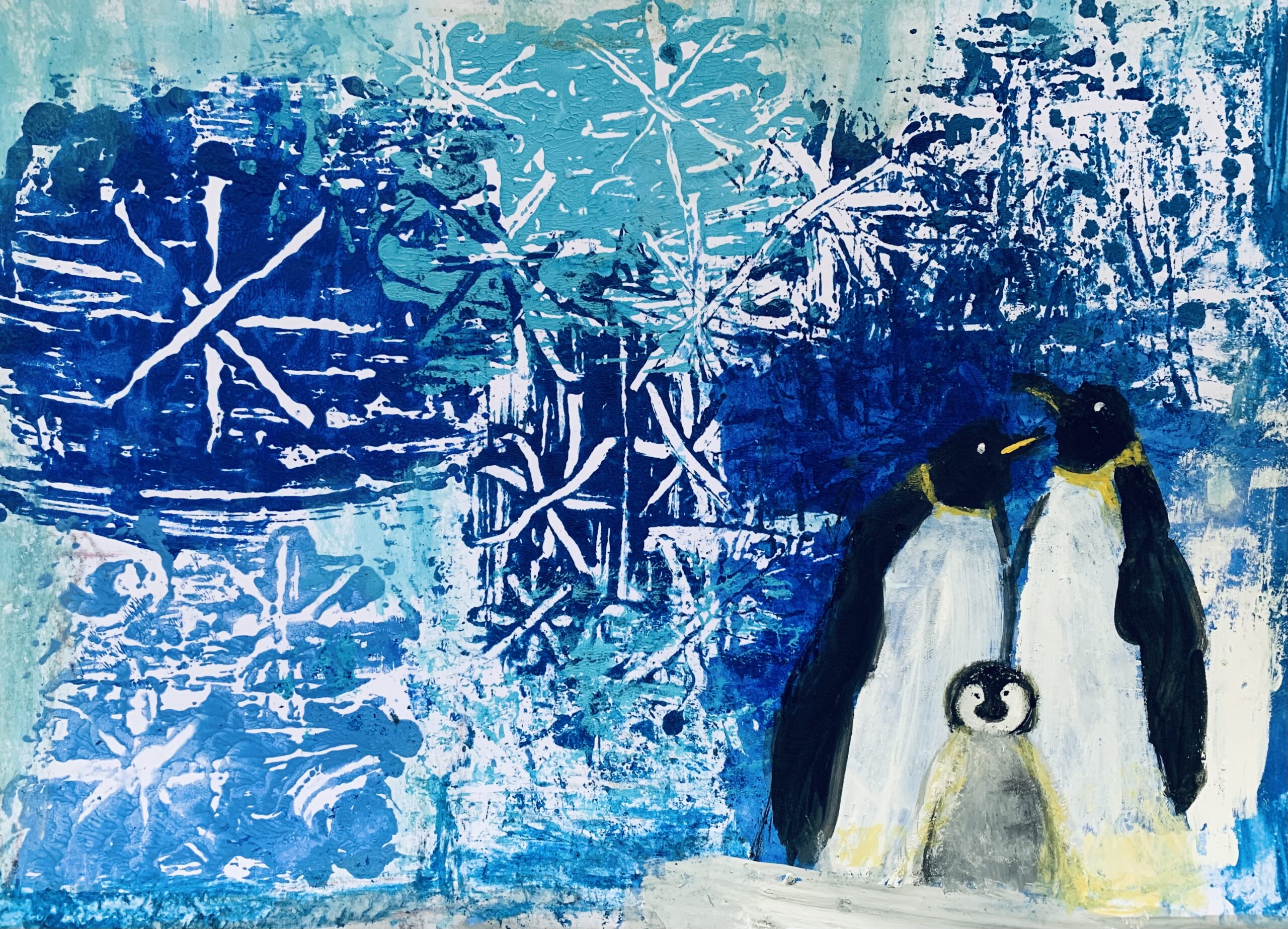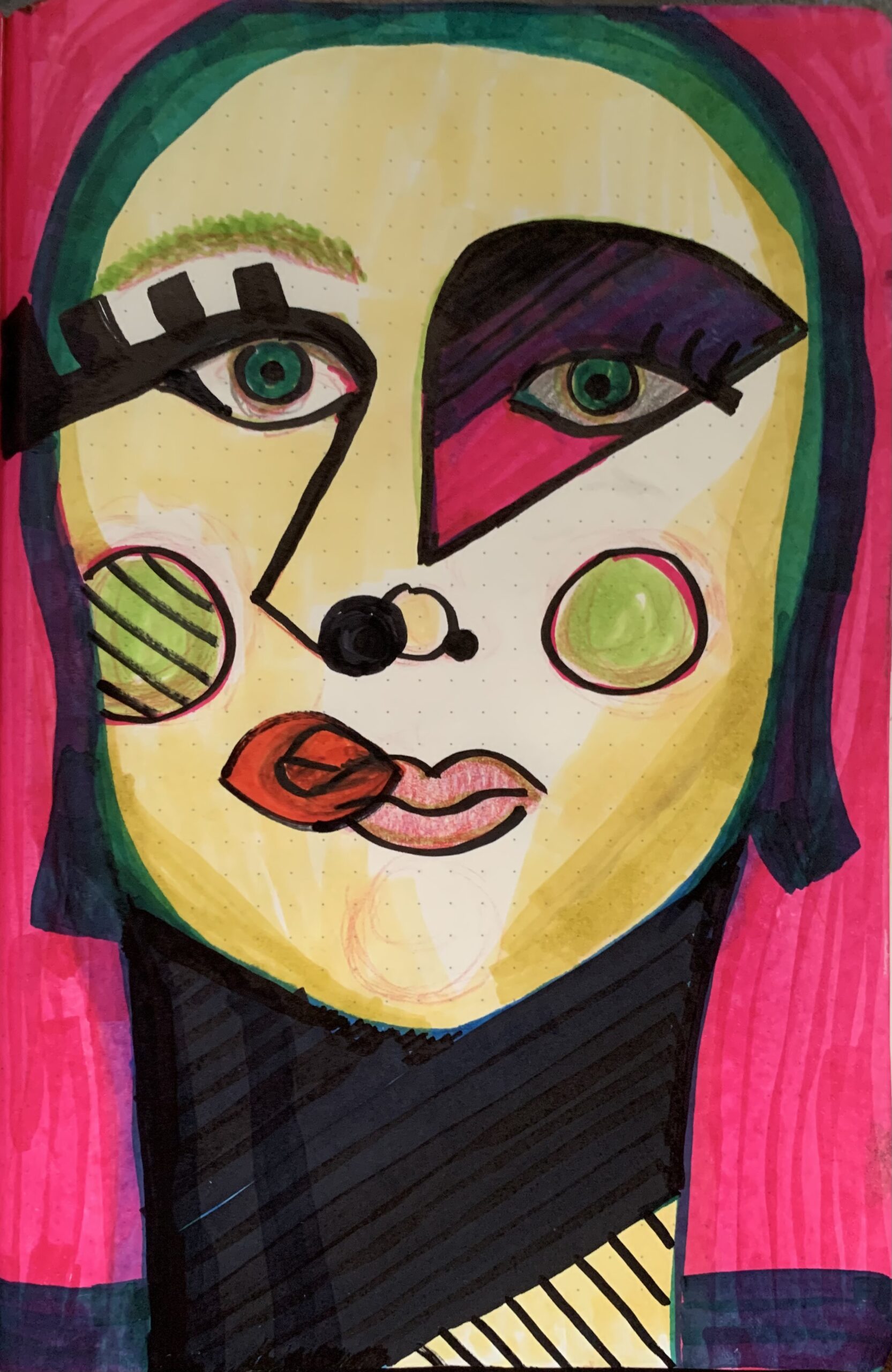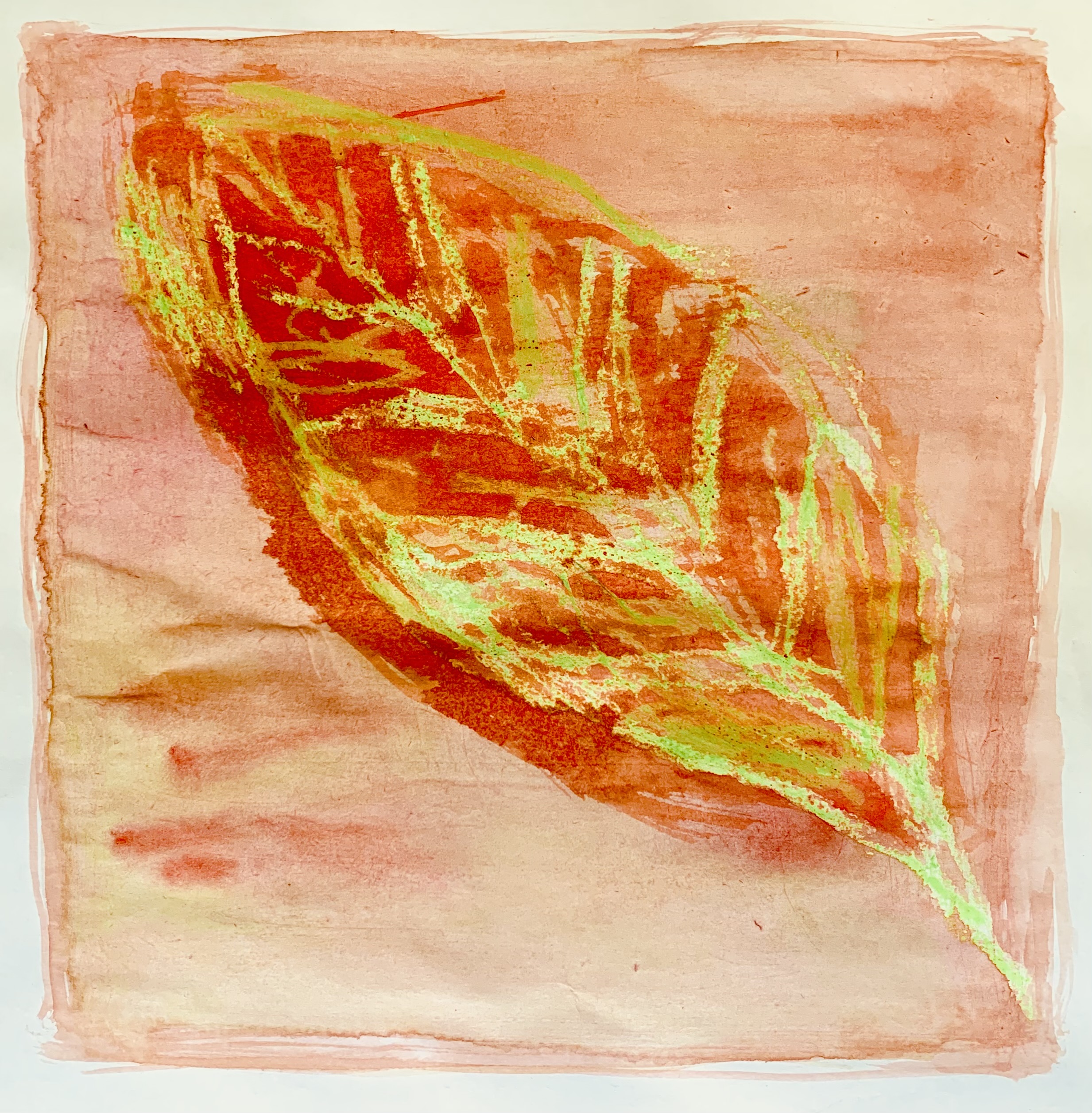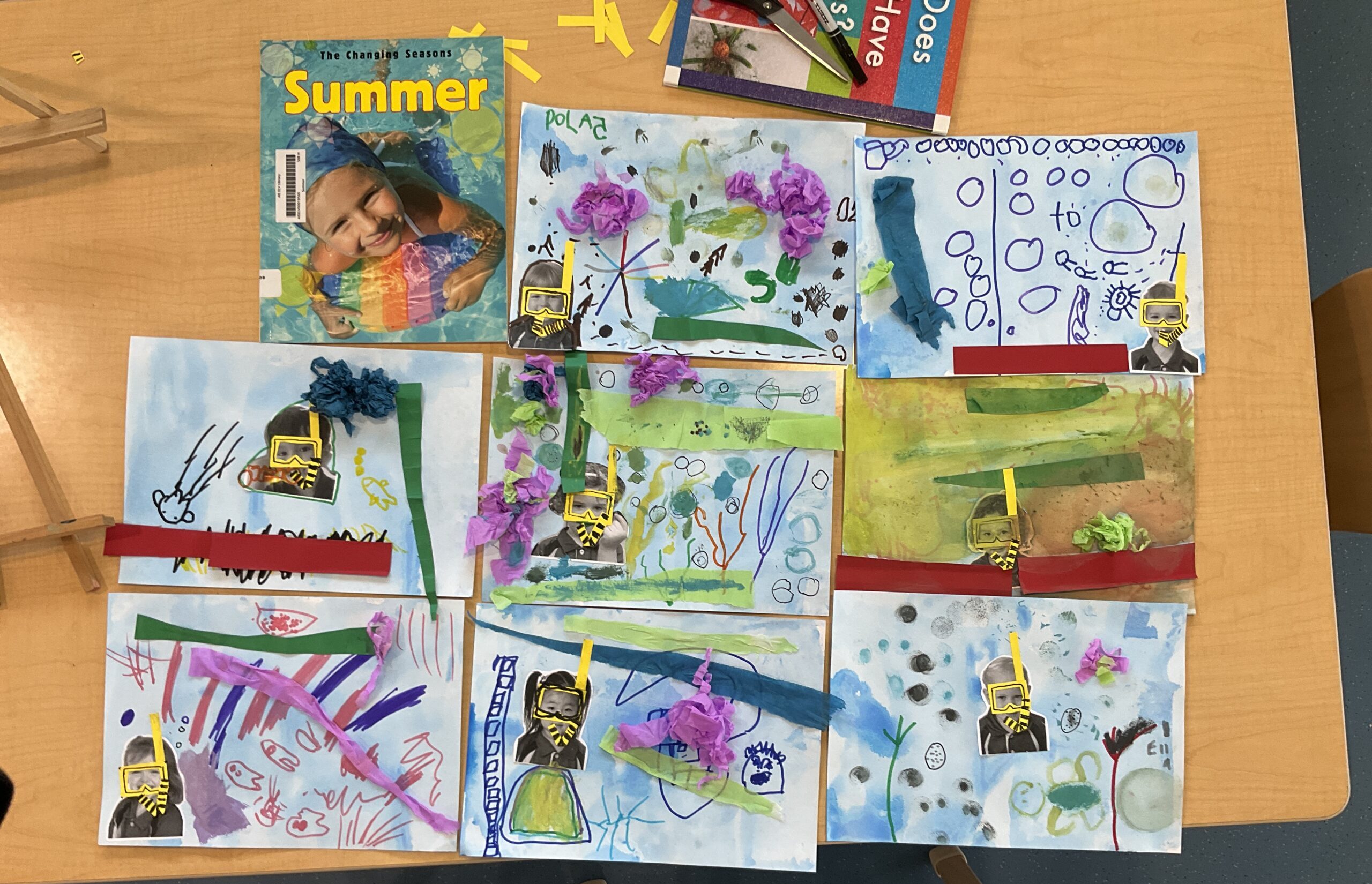Statement of Inquiry: How can we use simple materials and creative techniques to explore the expressive potential of color and form, inspired by the work of Dale Chihuly?
Related Concept: Transformation and Color Theory
Global Context: Personal and Cultural Expression – Art allows individuals to communicate personal narratives while also reflecting cultural and historical influences. The exploration of color, form, and creative techniques mirrors diverse expressions across cultures and art movements.
Activity: In this activity, students will create vibrant, Chihuly-inspired sculptures using coffee filters, markers, and spray starch. They will begin by using markers to color the coffee filters, exploring a range of color blending and pattern techniques. Afterward, the filters are sprayed with starch to transform them into flexible, translucent structures that can be shaped and layered to create abstract sculptures.

- Materials Needed:
- Coffee filters
- Markers (water soluble in a variety of colors)
- Spray starch
- Plastic tablecloth (for easy cleanup)
- String, wire, rubber bands (optional, for hanging)
- Scissors
- Steps:
- Step 1: Color the coffee filters with markers, focusing on blending colors, creating patterns, or experimenting with gradients.
- Step 2: Once dry, carefully spray each filter with a light coat of starch to stiffen it. Allow it to dry completely.
- Step 3: Shape and layer the filters into a sculpture by twisting or folding the edges to mimic the flowing, organic forms seen in Chihuly’s glass installations.
- Step 4: Display the sculptures as a group or individually, creating a collective installation similar to Chihuly’s expansive glass pieces.
Science Connection
This activity demonstrates capillary movement in action. Water in the starch spray moves along fibers of the coffee filters spreading pigments of the markers. These coffee filter ‘macchias’ are a fantastic visual art activity to extend on the popular ‘Walking Rainbow’ science experiment.


Inspiration (Museums and Links):
- Venetian Glass Museum (Museo del Vetro):
Dale Chihuly’s work was inspired by the Venetian glass tradition, particularly the elaborate forms created in Murano. Chihuly’s signature glass sculptures, often organic and fluid in form, reflect the centuries-old techniques of Venetian glassblowers. Visit the Venetian Glass Museum for more insight into this technique:
Museo del Vetro. - Hakone Venetian Glass Museum:
The Hakone Venetian Glass Museum Japan showcases Chihuly’s colorful glass art in a dedicated environment. The vibrant, colorful sculptures against a grotto backdrop invite viewers to experience the intersection of art, nature, and culture.
Hakone Venetian Glass Museum. - Chihuly Garden and Glass, Seattle, USA:
A direct source of inspiration, Chihuly’s own museum offers a detailed exploration of his innovative glass sculptures and installations. This museum is a great example of how the artist takes inspiration from nature, color, and form, creating works that interact with light and space.
Chihuly Garden and Glass. - Examples of Chihuly’s Work:
- Chihuly in the Light of Jerusalem (1999): A stunning example of how Chihuly adapts his glass art to the environment, reflecting both historical and cultural elements of the city.
- Mille Fiore Series (2000): This work features intricate glass “flowers” and is a testament to Chihuly’s ability to transform glass into dynamic, natural forms.
By integrating these sources of inspiration, students can deepen their understanding of how color, light, and form work together to create emotional and cultural resonance in art.
Conclusion: This activity allows students to explore transformation through the simple process of altering everyday materials into vibrant, expressive sculptures. Drawing inspiration from Dale Chihuly’s groundbreaking glass art, the project encourages students to think about color, form, and texture in new ways, while connecting to global cultural and artistic traditions.


